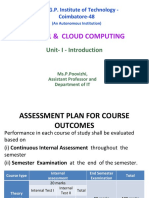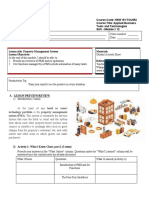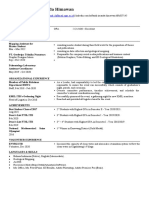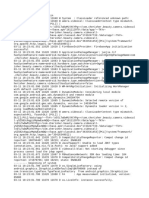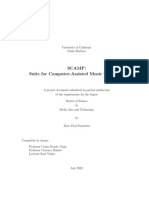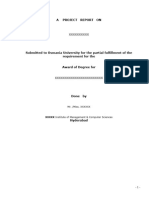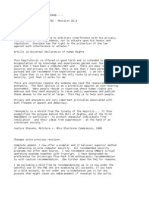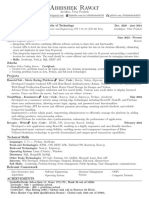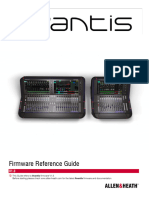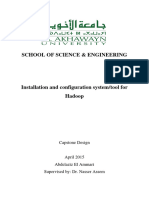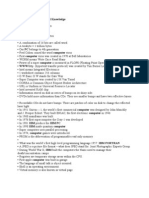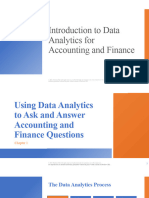0% found this document useful (0 votes)
27 views8 pagesCloud Computing Notes CS4008 With Assignments
The document provides comprehensive notes on cloud computing, covering its definition, architecture, characteristics, deployment models, and service models. It also discusses cloud infrastructure, virtualization, administration, security management, and emerging technologies like Kubernetes and Docker. Additionally, it includes case studies of major cloud providers and assignment questions for each unit to reinforce learning.
Uploaded by
sukeshinivijay61Copyright
© © All Rights Reserved
We take content rights seriously. If you suspect this is your content, claim it here.
Available Formats
Download as DOCX, PDF, TXT or read online on Scribd
0% found this document useful (0 votes)
27 views8 pagesCloud Computing Notes CS4008 With Assignments
The document provides comprehensive notes on cloud computing, covering its definition, architecture, characteristics, deployment models, and service models. It also discusses cloud infrastructure, virtualization, administration, security management, and emerging technologies like Kubernetes and Docker. Additionally, it includes case studies of major cloud providers and assignment questions for each unit to reinforce learning.
Uploaded by
sukeshinivijay61Copyright
© © All Rights Reserved
We take content rights seriously. If you suspect this is your content, claim it here.
Available Formats
Download as DOCX, PDF, TXT or read online on Scribd
/ 8























